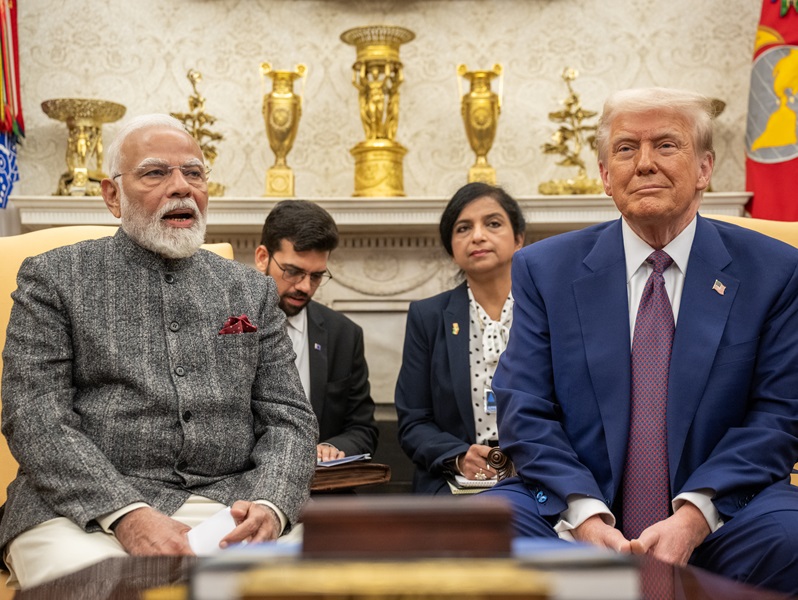.png)
August 15, 2025 at 9:19 AM IST
The Centre has proposed a major overhaul of the Goods and Services Tax, including a shift to two main rate slabs and tax cuts on essential and aspirational goods. The three-pillar reform plan has been sent to the GST Council’s Group of Ministers for review.
Unveiled hours after Prime Minister Narendra Modi’s Independence Day address, the blueprint focuses on structural reforms, rate rationalisation, and ease of living, aiming to simplify GST, correct inverted duty structures, and reduce compliance disputes.
The plan also seeks to speed up registrations and refunds through technology, and to provide long-term rate stability to bolster business confidence. Finance ministry said GST reforms are designed not only to lower costs for consumers but also to strengthen key economic sectors, stimulate activity across industries, and enable sustained sectoral expansion.
Under the proposal, most goods would be taxed at either a standard or a lower merit rate, with special rates kept for only a few items. GST currently has four main slabs — 5%, 12%, 18%, and 28% — alongside some special rates. Taxes on daily-use items would be lowered to improve affordability and boost consumption.
The ministry said the end of the GST compensation cess has created fiscal space to align rates for long-term sustainability. The cess, introduced in 2017 to compensate states for revenue loss in the first five years of GST, was extended till March 2026 to repay COVID-era loans taken to compensate states for the shortfall in collections.
Structural reforms include aligning input and output tax rates to curb the build-up of input tax credit, resolving classification disputes that cause friction, and ensuring stability in rate policy.
Ease-of-living initiatives include automated registrations, pre-filled returns, and faster refunds, particularly for exporters and sectors affected by inverted duties.
The ministry said the reforms are intended to benefit farmers, women, students, the middle class, and small businesses, while supporting domestic value addition, sectoral expansion, and ease of doing business.
The Centre emphasised that changes will be implemented in consultation with states under the spirit of cooperative federalism, with the aim of delivering tangible benefits within the current financial year.
The Centre’s proposal will now move to the Group of Ministers constituted by the GST Council, where an agreement will hinge on the state governments’ comfort with the potential revenue impacts of lower rates.
Any proposal to change the tax structure will need the approval of the GST Council, where the Centre has one-third and the states have two-thirds of the votes. Decisions require a three-fourths majority. Past deliberations on rate rationalisation have seen pushback from some states concerned about fiscal stability, making consensus-building critical for implementation within the year.
In his twelfth consecutive Independence Day speech earlier in the day, Modi described the GST overhaul as a “Diwali gift” that would cut costs for households. Delivered against a backdrop of heightened global trade tensions and a 50% US tariff burden on many Indian goods, his address placed the reforms within a broader call for self-reliance across sectors.
Alongside the GST pledge, he announced a ₹1 trillion jobs scheme, energy security initiatives, a tenfold expansion of nuclear power by 2047, and the indigenous Mission Sudarshan Chakra air defence project, positioning tax relief as a direct complement to the long-term capability-building agenda.




